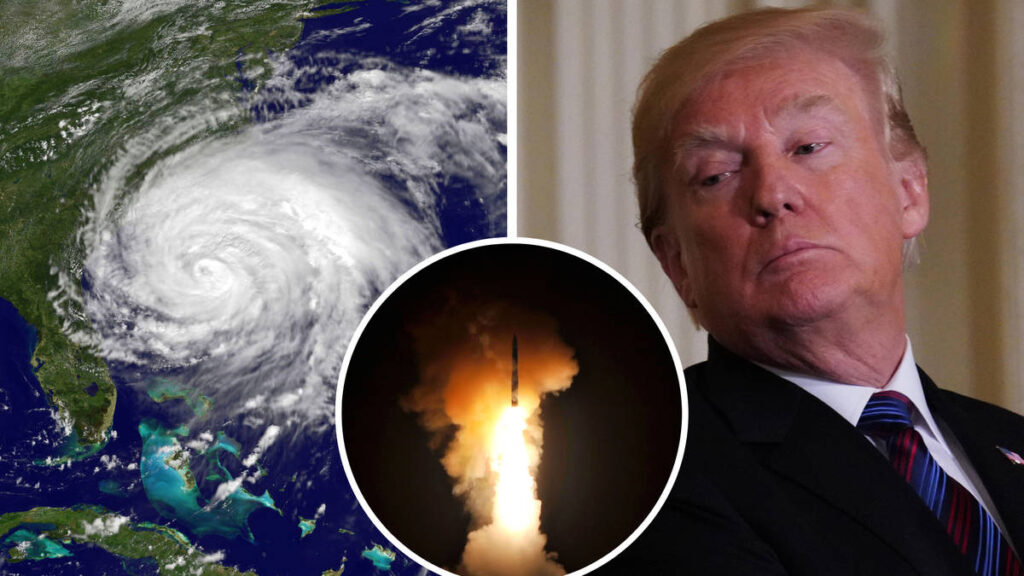After nearly two weeks of relentless missile exchanges, drone strikes, and deepening regional fears, Israel and Iran have formally accepted a ceasefire deal brokered by U.S. President Donald Trump, bringing a tentative end to a war that threatened to spiral into a full-scale regional conflict.
The breakthrough came in the early hours of Tuesday morning, hours after Iran launched a limited retaliatory missile strike on a U.S. military base in Qatar, and Israel unleashed a final wave of airstrikes on targets across Iranian territory. Both actions appeared to be calculated last shows of strength before agreeing to lay down arms.
Iran’s latest barrage killed at least four people in Israel, according to authorities, with eight others wounded in the early morning attack. Magen David Adom, Israel’s national emergency medical service, confirmed the casualties and said first responders had been working through the night amid alerts and ongoing aerial threats.
Israel, for its part, responded swiftly before the ceasefire was finalized, targeting multiple Iranian military installations in Tehran, Shiraz, and Esfahan provinces, striking what officials described as high-value infrastructure and command facilities. These strikes reportedly caused significant damage but no immediate death toll has been confirmed by Iranian authorities.
A High-Stakes Deal Amid Escalation
The 12-day conflict among the most direct military confrontations ever between Israel and the Islamic Republic of Iran was marked by unprecedented air raids, cyberattacks, and proxy escalations from Lebanon to Yemen. What began as Israeli airstrikes on Iranian nuclear sites soon drew retaliatory salvos from Tehran, including direct missile attacks and long-range drone offensives.
Trump’s proposal, shaped through backchannel negotiations involving Qatar and Switzerland, reportedly includes mutual de-escalation steps, a return to limited airspace restrictions, and the reactivation of dormant diplomatic channels.
While the details of the ceasefire remain largely undisclosed, a White House source confirmed that the deal contains enforcement clauses designed to prevent immediate re-escalation. It is also believed to temporarily suspend Iran’s latest uranium enrichment expansion efforts and limit Israeli cross-border air operations.
“A War That Had No Winner”
Both sides have claimed strategic gains during the brief war. Israel touted the elimination of several top Iranian military officials and the destruction of key nuclear infrastructure. Iran, meanwhile, celebrated its ability to hit deep inside Israeli territory and retaliate against a U.S. base without provoking a full-blown American military response.
Yet behind the rhetoric, the costs were steep. Israel reported dozens of civilian and military casualties, widespread destruction across cities such as Tel Aviv, Rishon LeZion, and Ramat Gan, and rolling economic disruptions. Iran faced mounting international isolation, internal power grid failures, and the loss of several military commanders.
International observers have called the ceasefire fragile but welcome. “This was a war that had no winner and threatened everyone,” said one European diplomat involved in indirect mediation efforts.
What Comes Next?
Despite the cessation of hostilities, regional tensions remain dangerously high. Iran’s allied militias in Iraq, Syria, and Lebanon continue to signal readiness to act if hostilities resume. Meanwhile, Israel’s military remains on high alert, and public shelters in parts of the country remain open.
President Trump, speaking from the White House shortly after the announcement, described the deal as “a great day for peace” and praised both sides for “doing the right thing before it was too late.”
Yet for millions across the Middle East especially civilians caught in the crossfire the scars of the past 12 days will not fade easily, and questions remain over how long this truce can hold in a region already braced for the next spark.
Amnewsworld will continue monitoring developments and provide updates as more details emerge.


